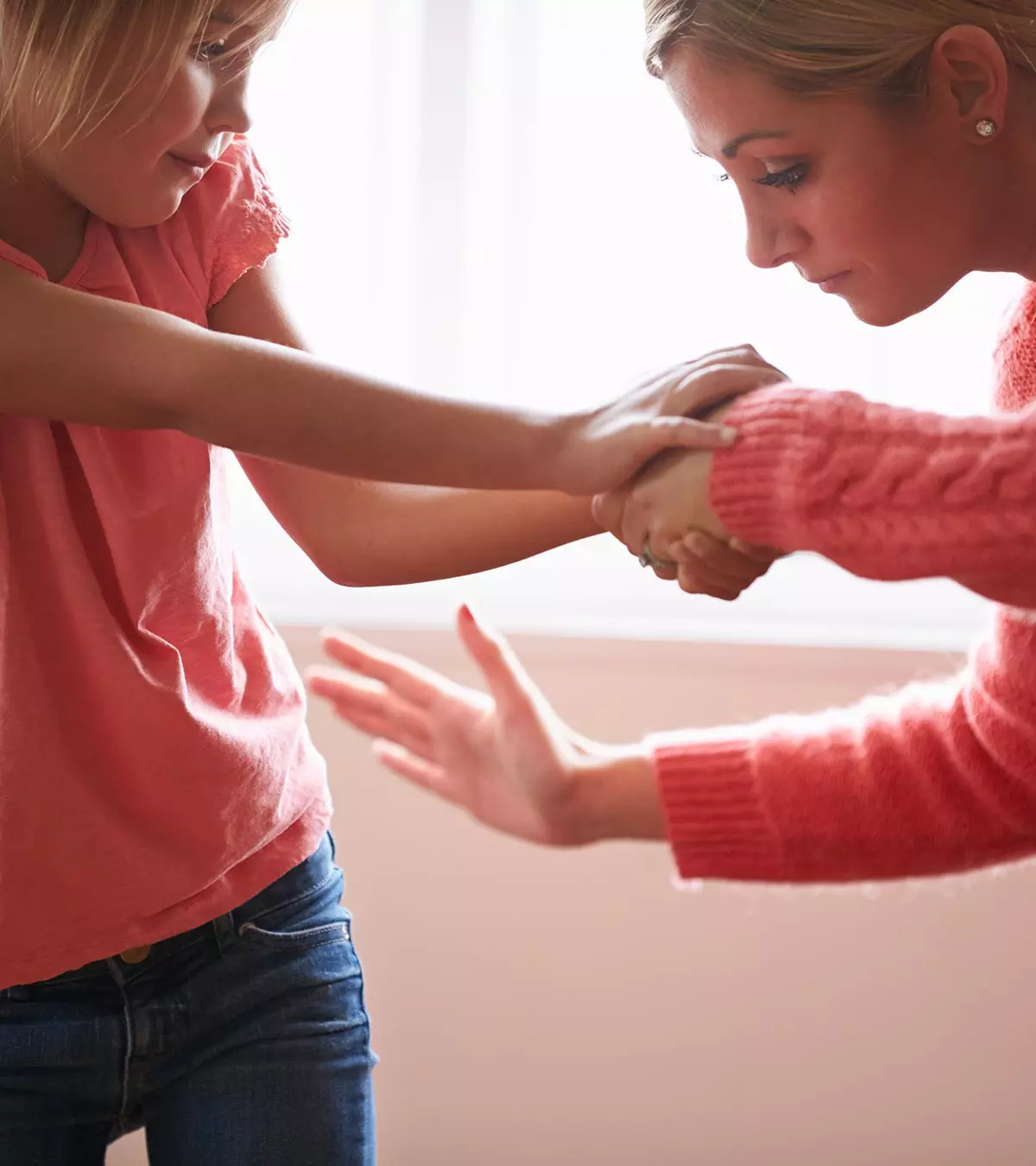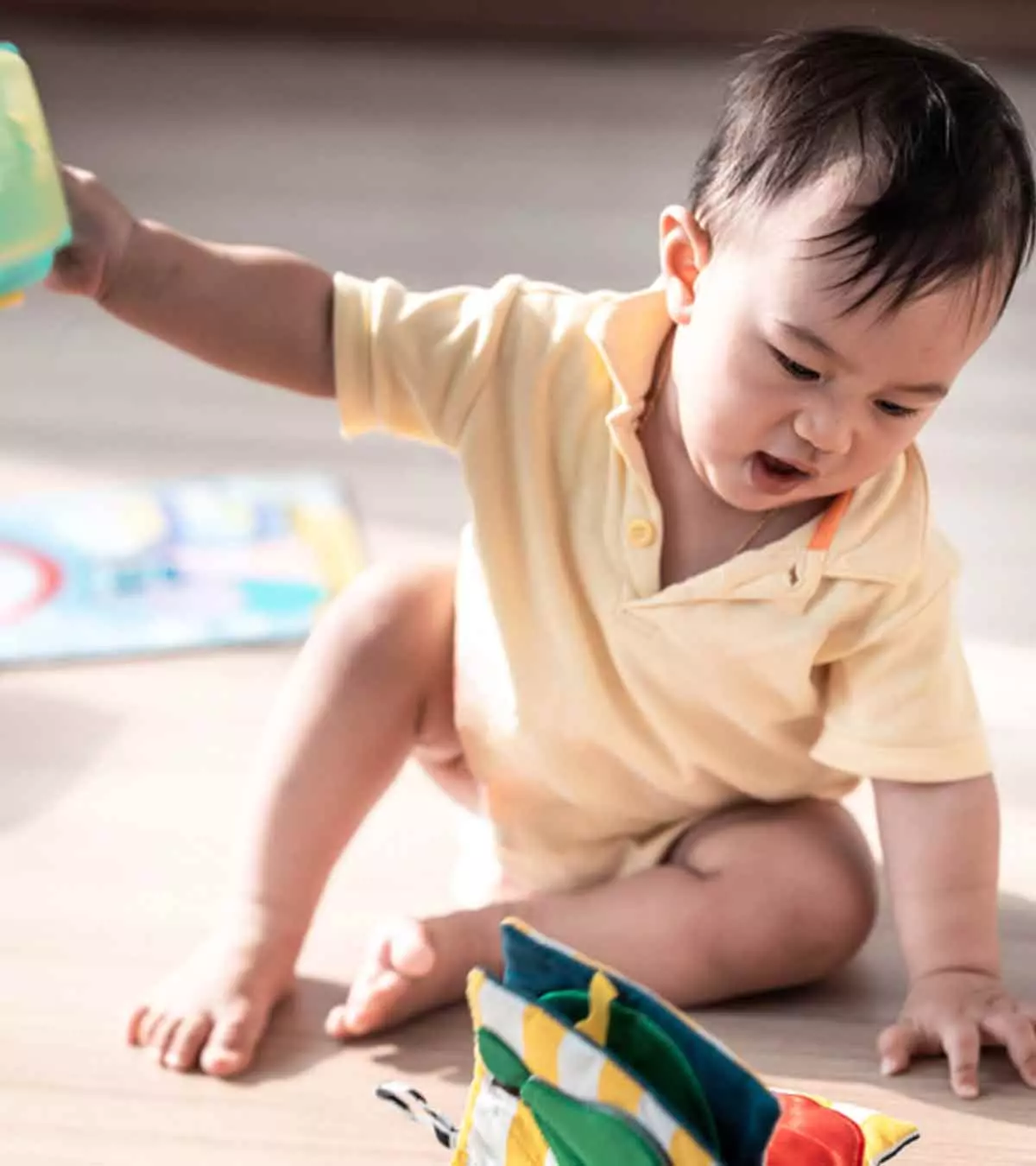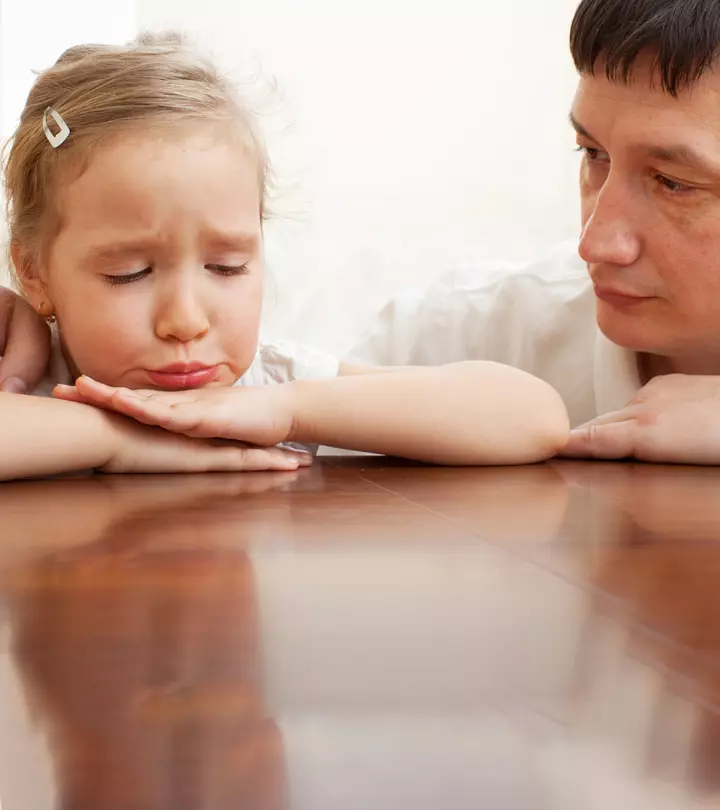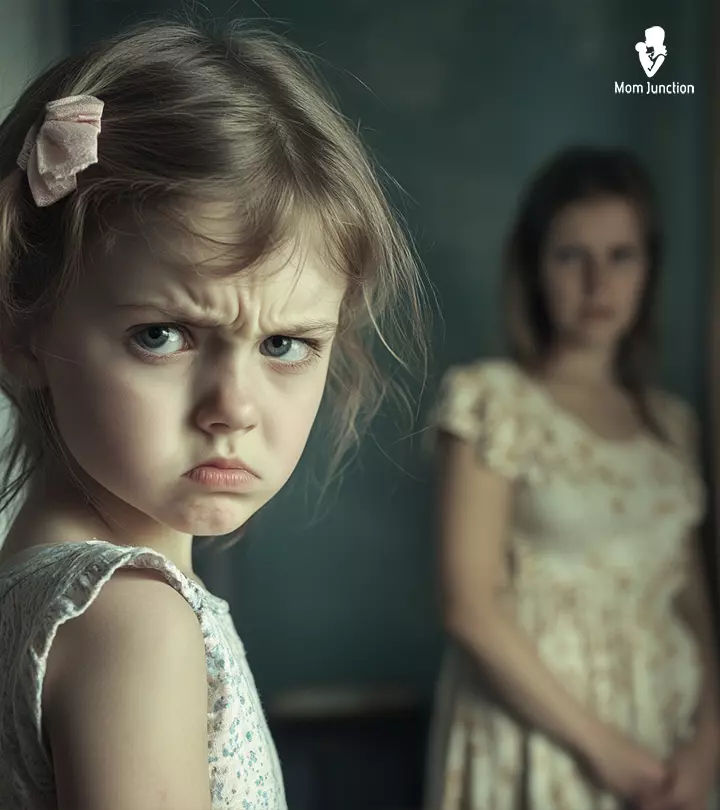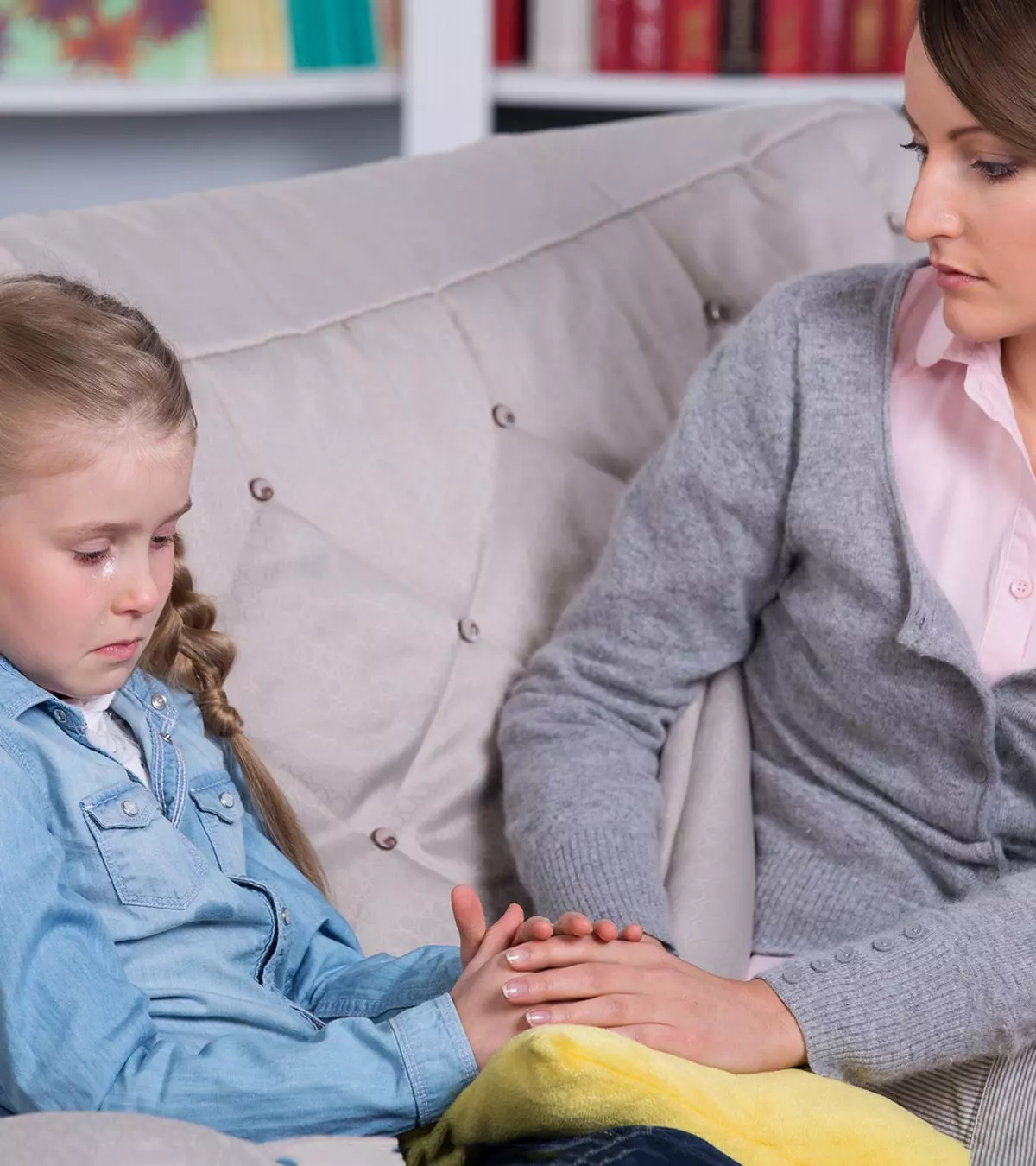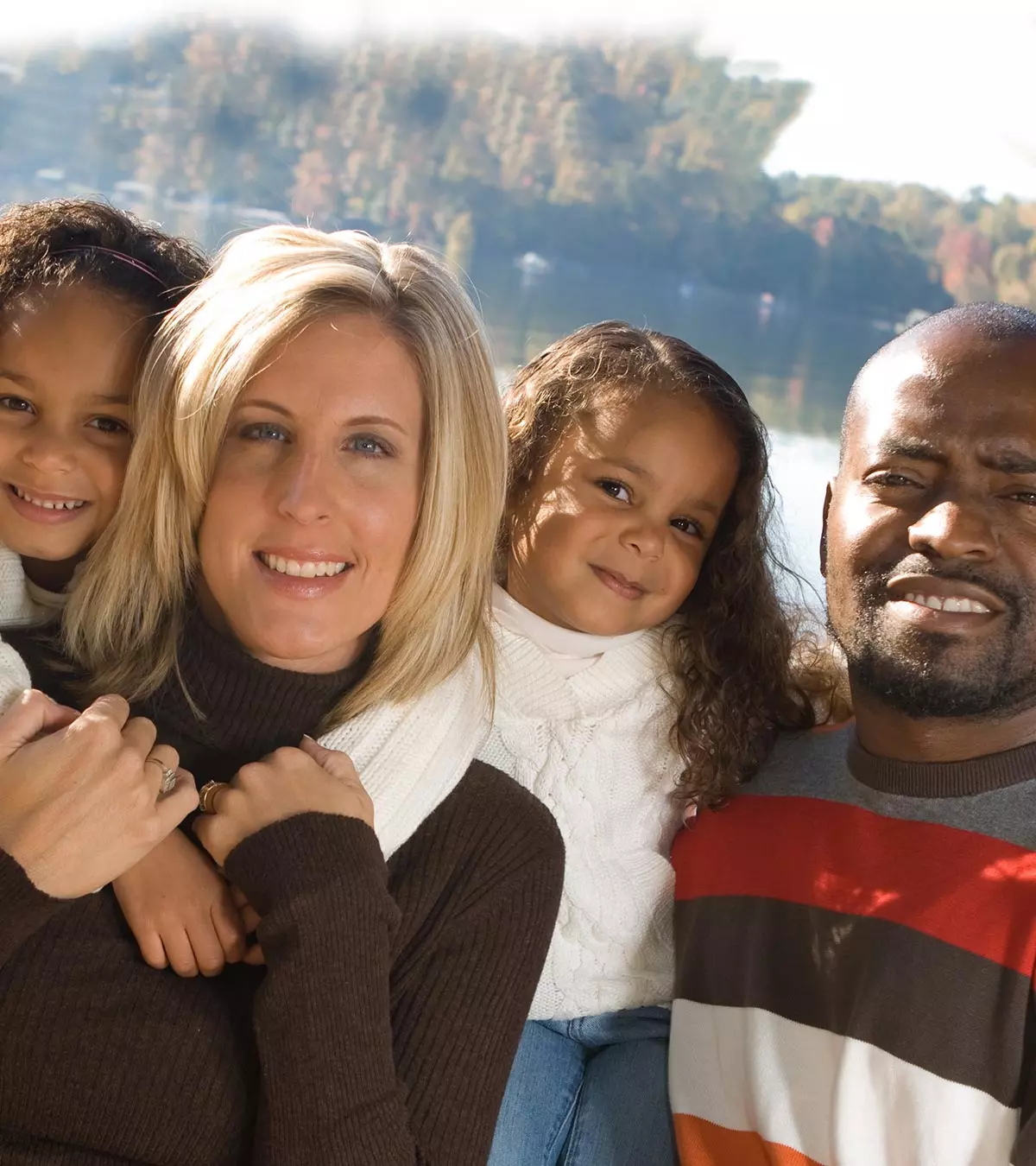
Image: Shutterstock
If you and your partner are of differing races, your children will be termed, biracial children. According to a United States Census Bureau survey, 3.0% of children are biracial or from two or more races. While you might be thinking about what difference it makes, it is shown that biracial children experience unique challenges, like discrimination, regarding racial self-identification. However, with your assistance and some helpful tips for raising a biracial child, your child will grow into a confident individual in society. Having a biracial identity means that your child will have a unique cultural inheritance, but they may also experience issues like racism and identity crisis. Continue reading this post as we present some suggestions on parenting biracial children.

Key Pointers
- Biracial children face unique challenges related to racial self-identification and discrimination.
- They may inherit a unique culture but also experience issues such as racism and identity crisis.
- Encourage open discussions about skin color, teach acceptance of mixed features, and allow the child to choose their cultural identity.
- Help the child feel confident and happy with their biracial identity by providing a supportive environment.
- Parents should educate themselves about the experiences of different races and listen to their child’s emotions.
- Normalize conversations about race, skin color, and facial features to make the child feel comfortable and confident in their own skin.
Eight Tips On Raising A Biracial Child
Love knows no language, and certainly no race or skin color! If you have experienced that strong bond of love with your partner that brought you both together in the first place, you know it is something you want to pass on to your child too.
With the growing effect of globalization, it is not uncommon to see biracial parents raising a child who is aware of both cultures. In some cases though, the parents are not sure how to help their child accept their mixed identity in a positive way. Often, a biracial child may end up getting influenced by the cultural aspects of the parent who spends the most time with them. The child may also be influenced by the parent who is more assertive or interested in sharing cultural knowledge and experiences.
Here are some effective tips for raising biracial children the perfect way:
1. Let your child talk about skin color
As a biracial child raised in a bicultural environment, it is obvious that your child will notice the difference in the color of skin.
- For your child, asking questions related to the color of skin is quite normal. You may feel it is not something to be discussed in the open, especially not in front of family or strangers. You may have a certain skin color, your partner may have another skin color, and your child may have a different skin color altogether. In such a scenario, your child is likely to get confused and ask why there is a difference in the colors of the skin when you all are members of the same family.
- Do not take offense at your child’s curiosity. Instead of asking your child to not talk about it, make sure you address the question in a very normal way. Remember that your child does not understand the concept of color, so answer as best as you can, keeping their age in mind. Unless parents normalize these questions, children can never become comfortable or confident in their own skin.
- Remember that it is never too late to do the ‘race’ talk with your child. Your child will start noticing different traits even when he is just three years of age, and something as basic as skin color is often the first difference he may note. Let your child inquire about it or bring up the topic yourself. Make sure you do it in such a way that it does not seem a very serious issue. Your child should not feel that talking about race, skin color, or facial features is taboo. Instead, make sure you make it sound as normal as possible. Encourage discussions about race and identity in everyday settings, such as cultural events or family gatherings, to make these conversations feel natural.
 Quick tip
Quick tip2. Teach your child to accept their mixed features

Most biracial children inherit some features from one parent and the rest from the other, which means they have a mix of both.
- While it is not something that is not natural, it may intrigue strangers who may ask your child about their ethnicity.
- Your child may have a different kind of hair texture or style, or a certain shape of eyes, or a different skin color or a differently shaped mouth. Help your child to know the fact that all these features are good for them because it brings together the goodness of two unique cultures.
- In many instances, some people may completely disbelieve your child’s mixed racial identity. For instance, a dark skinned parent may have a child who is white, or a white parent may have a biological child who is dark skinned. Teach your child that it is possible for others to get confused, especially if they are only meeting them for the first time. Prepare your child to be strong and normal about facing such situations and not becoming upset or angry.
3. Allow your child to choose their cultural identity
It is perfectly normal for your child to one day show an interest in your culture and the next day wanting to identify themself with your partner’s culture as he is still exploring cultures.
- Let your child explore and see the different cultural aspects firsthand can be a great way for encouraging diversity and promoting cultural awareness.
- The best thing to teach your child is to be themself, to do what makes them feel most comfortable and happy.
- Do not make your child’s cultural preference an ego tussle between you and your partner. If your child wants to know more about your culture, talk about it and share your experiences with them. If your child wants to be more participative in your partner’s culture, make sure he is around to help.
4. Help your child become confident and happy with their biracial identity

Your child may need more moral support to boost their confidence than other children, especially while dealing with biracial issues.
- Often strangers can be curious about your child’s mixed looks and end up asking questions that seem rude or incorrect. While you may deal with the same in a grown-up and more mature way, it could make your child awkward and confused.
- Breaking stereotypes, tell your child that not all children are biracial, and that is why people can sometimes ask the questions that they do. Help your child to understand what the word biracial means and why it is such a special gift to have the richness of not one but two cultures.
- Your child may look completely different from either you or your partner, which is another normal aspect of being a biracial child. Tell your child that it is nothing to be embarrassed. Also, when someone expresses shock at your child’s revelation about what culture or racial background you and your partner are from, tell your child to not be offended. Your child should be proud of his biracial lineage and not try to hide the fact from others.
Diedre, a mother of two and school counselor, advises parents to teach their children to be proud of their heritage. She says, “As a child of Jamaican parents, I remember bringing a bun and cheese sandwich for lunch, and my classmates scowled and asked me what I was eating in disgust. I immediately became embarrassed and tried to hide my food. It wasn’t until later, when classmates complimented my parents’ accents, that I was proud of my heritage. I’m not proud of my embarrassment, but that moment reminds me that it’s my job to teach my children to be proud of their mixture (i).”
5. Help your child relate with other children from mixed races
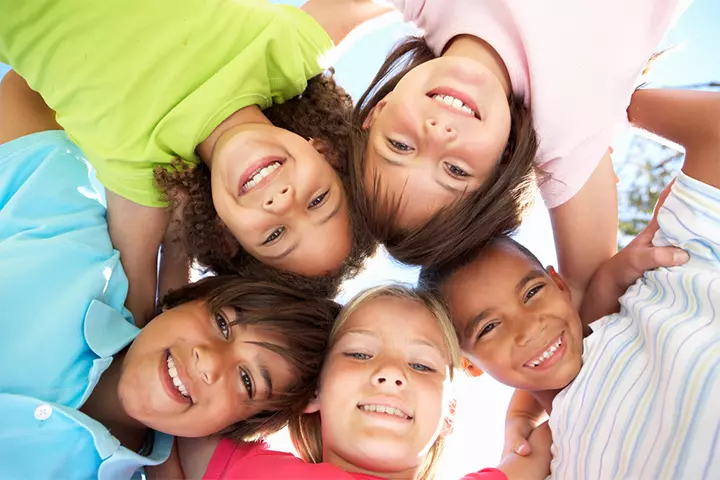
Of course, many people believe that children from mixed-race families grow up being confused and disoriented. Make it a point to break such myths, especially in front of your child.
- Give your child examples of people who had mixed racial origin and who went on to become successful and famous. Some personalities you can name include Halle Berry, Barack Obama, Tiger Woods, and Keanu Reeves.
- Teach your child that children who have a biracial lineage are not less confident or socially accepted. You should also tell your child that having a biracial parentage does not mean that your child is different. It only means that your child has more than one cultural heritage as opposed to children of the same race. Make sure you teach your child that both situations are normal and not a cause for worry.
- Begin by celebrating the heritage and watching movies with your child, which celebrate multi-racial families with biracial children as characters or actors. You can also get your child books on biracial children and why it is fun to have the best of two cultures instead of just one.
 Point to consider
Point to consider6. Choose a school with students from diverse ethnic backgrounds
Your child’s school and schoolmates will largely influence the way he perceives his biracial identity.
- Enrolling your child in a school with children from mixed backgrounds for inclusive education will help them feel more comfortable and welcome. Being around children from different cultures and races, including biracial children, will positively affect your child.
- Make sure you speak to the management and the teachers about racial tolerance and the emphasis school has on respecting differences and valuing diversity in the school before sending your child there. Some schools have very strict policies about racism and bullying. Discuss the same with your child at home for promoting equality.
- You can also help to prepare your child to handle some remarks he may hear from other students in the initial days at school to build a positive self-image. Most biracial children have mixed features, and it is not always possible for others, especially young children, to understand the varied traits of other ethnic races. Other children at school, and sometimes even teachers or other staff members, may ask your child about their racial identity or their place of origin.
- Prepare your child for such questions. Tell your child that it is normal for someone to ask such questions out of curiosity, to know more about their culture. Self-awareness for kids is key to helping them embrace their unique identity and confidently navigate these situations. So, encourage your child to use such a situation as an ice-breaker.
 Quick tip
Quick tip7. Choose a locality that is multi-racial

Do choose a neighborhood or locality that has other multi-racial families living there.
- Once your child sees other biracial children on a daily basis, he will accept their mixed identity better than before.
- Even while you live in a multi-racial community, it is possible for your child to face racism at other places. The key is to make your child aware that there are many other children out there who are also biracial and that there is nothing different or strange about it. Help them connect with peers from different backgrounds, appreciate their mixed heritage, and form meaningful friendships.
- If your child is still young or at an impressionable age, living in a multiracial community or neighborhood will mean that no one stares at your child or makes him feel out-of-place. It will give your child enough time to get comfortable with the idea of having a biracial identity.
8. Teach your child to speak up against racism
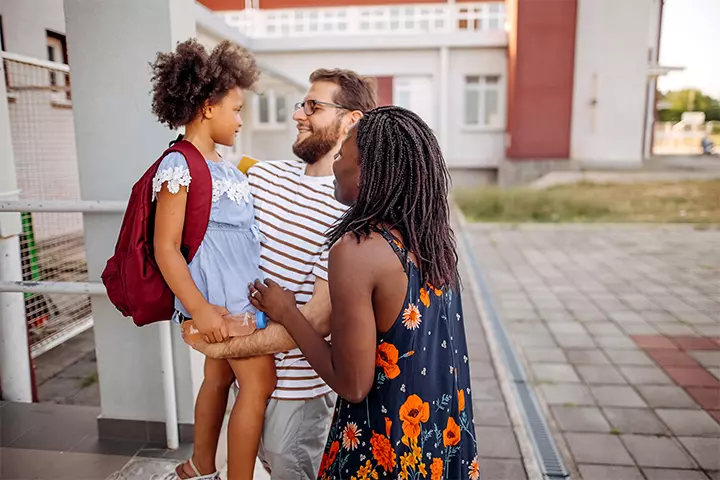
Your child may be too young to understand it yet, but it is important to teach your child nonetheless when to protest and stop answering those intrusive questions.
- You can teach your child all about anti-racism and embracing uniqueness.
- One of the best ways to teach your child when to say no to someone who may be asking them questions about their looks, ethnicity, or race is when it starts making them feel uncomfortable. Also, assist them in understanding labels and how they can affect people.
- If your child is a little older and can understand prejudice, teach them to always speak up against what is wrong. Your child should not allow anyone to make any rude or uncalled-for comments about race, ethnicity, or cultural background, even in a fun or casual manner. What starts as a simple, fun comment can often turn into a full-blown racist attack, and it is always important to stop such conversation the moment it begins.
- Assure your child that you and your partner will fully support him in fighting racism by acknowledging prejudice. Also, try and find a counselor at school who can help your child overcome the trauma of facing a racist remark or incident.
Frequently Asked Questions
1. Are biracial children less healthy?
No conclusive evidence indicates that biracial children are less healthy than monoracial children. Children stay healthy when provided good nutrition and a healthy lifestyle, irrespective of their racial background.
2. Can my biracial child have blue eyes?
The eye color of a child is determined based on several factors. A child can have a probability of having blue eyes if either one or both the parents have blue eyes (1).
3. How can I expose my biracial child to both sides of their cultural heritage?
You can engage in traditions, cook authentic foods, share stories, attend cultural events, connect with relatives, explore language, and educate them about their diverse backgrounds to ensure they embrace their cultural heritage.
4. How can I foster positive relationships between my biracial child and both sides of their family?
You can promote open communication by arranging family reunions, facilitating cultural exchanges, emphasizing respect and understanding, and creating opportunities for shared experiences and bonding.
5. What are some strategies for creating a supportive and inclusive family environment for a biracial child?
Creating a supportive and inclusive family environment for a biracial child involves promoting open dialogue, celebrating diversity, and respecting and valuing all cultural backgrounds. The influence of parents on children plays a significant role in shaping their worldview and self-acceptance. Also, educating family members about different cultures and promoting a sense of belonging and acceptance for the child’s mixed heritage can help foster a healthy environment for your child.
Raising a biracial child may come with a unique set of challenges and other hurdles. Hence, we hope that our tips for raising a biracial child will be helpful. These tips focus on celebrating and accepting the cultural diversity of your child. Remember to maintain open communication with your child to understand any racial struggles. Make the various aspects clear as they grow older and teach them never to be embarrassed about being biracial. Although implementing these tips may seem an extensive task, staying practical would be helpful.
Infographic: Tips On Raising A Biracial Child
Raising a biracial child can be a unique and rewarding experience, but it can also present its own challenges. As a parent, you want to ensure that your child is well-rounded, confident, and proud of their identity. In order to do this, this infographic provides practical tips to help you navigate the complexities of raising a biracial child.
Some thing wrong with infographic shortcode. please verify shortcode syntaxIllustration: Effective Tips To Raise Biracial Children
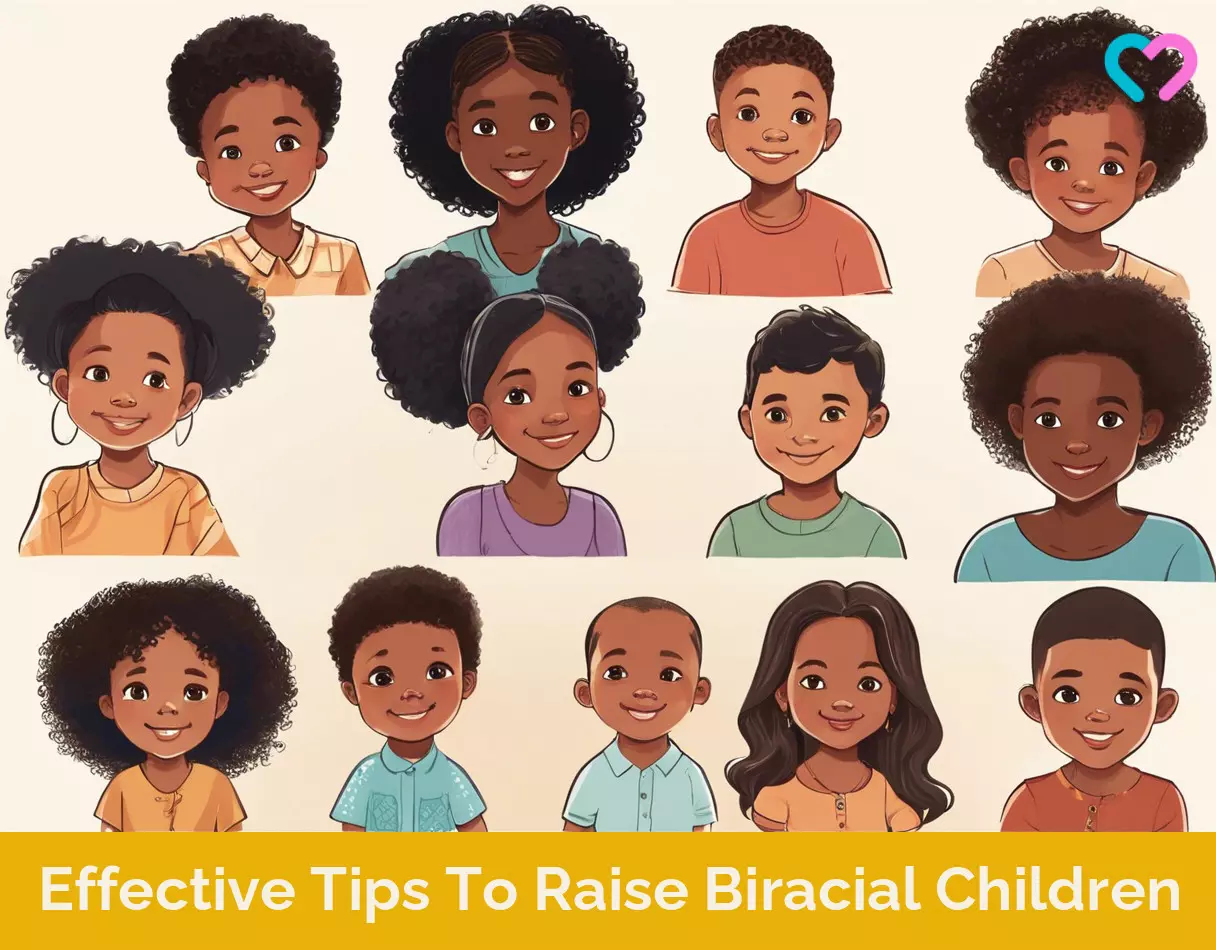
Image: Stable Diffusion/MomJunction Design Team
Personal Experience: Source
MomJunction articles include first-hand experiences to provide you with better insights through real-life narratives. Here are the sources of personal accounts referenced in this article.
i. How to meet the needs of your biracial child (at home)https://arethoseyourkidsdotcom1.wordpress.com/2016/04/18/how-to-meet-the-needs-of-your-biracial-child-at-home/
References
- Is eye color determined by genetics?
https://medlineplus.gov/genetics/understanding/traits/eyecolor/
Community Experiences
Join the conversation and become a part of our nurturing community! Share your stories, experiences, and insights to connect with fellow parents.
Read full bio of Dr. Neha Bhave Salankar
Read full bio of Sagari Gongala
Read full bio of Swati Patwal
Read full bio of Apoorva K






